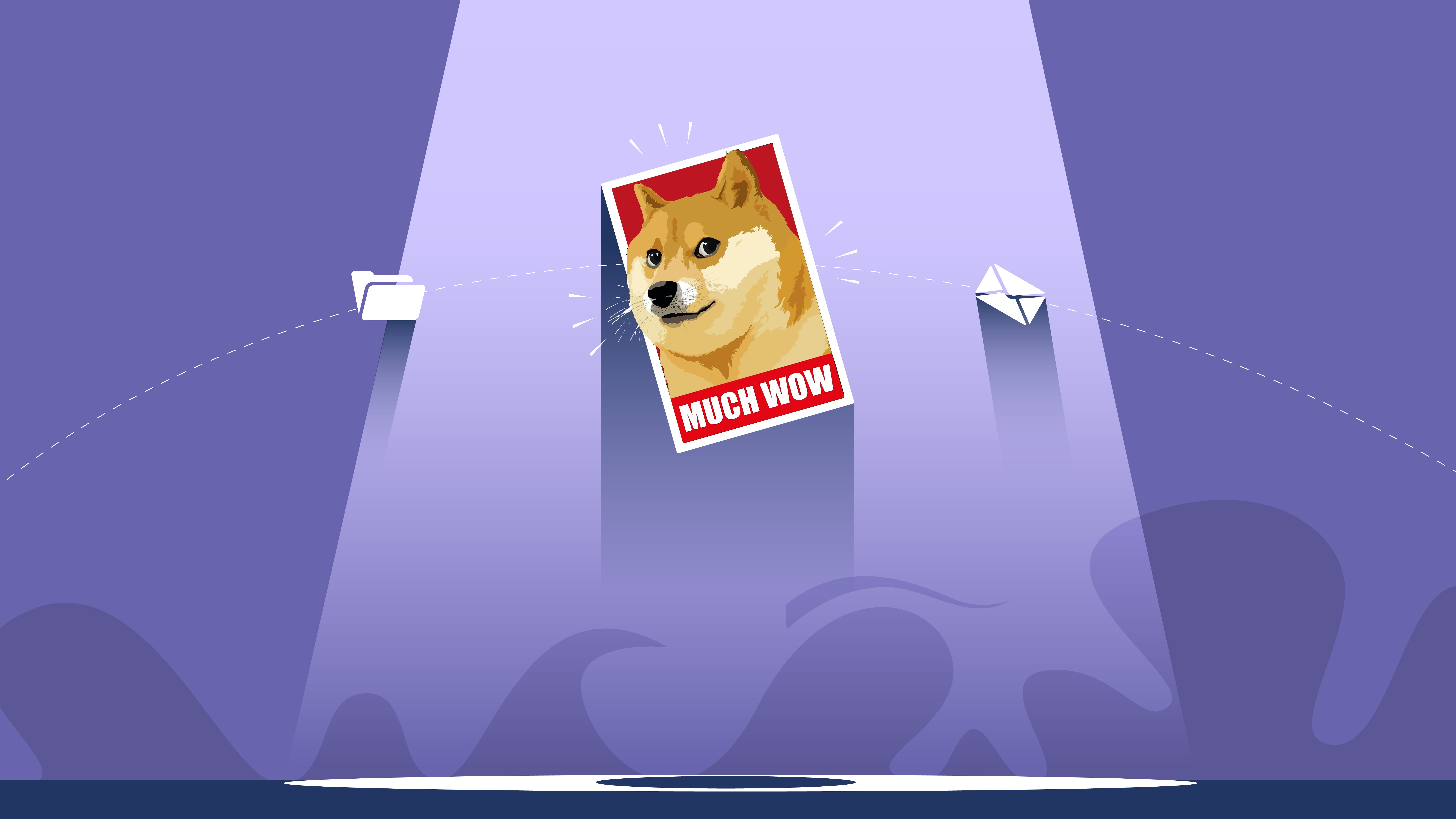By this point in our post-Covid lives, we all know that a major difficulty in communicating with people online lies in building connections with them. The challenge of creating relationships through a screen affects not only our ability to learn remotely but also to work and to make and maintain friendships. In this “new normal,” it’s important to find some creative solutions to this issue.
Like many of our clients who will never meet their learners in person, at Extension Engine we know that we may not ever meet our clients in person either. But we will work with them closely for long periods of time, and we want those hours and relationships to be enjoyable, productive, and positive for everyone.
So what’s the best way to handle corresponding with someone about multiple project details, doing design sprints, or brainstorming together when you’re miles apart and don’t know what makes each other tick?
GIFs to the Rescue
A former Extension Engine colleague used GIFs to fill this void. She wanted to check in with her client teams, build connections with them that ran deeper than the surface, and create an atmosphere of trust. But check-ins can be awkward. What she found as she continued to conduct them was a growing discomfort with their typical listlike format and discussion style.
So in true Extension Engine style, she got creative. She decided to change things up by introducing GIFs to her check-in process. The result? Her meetings took on a lighter mood, with people sharing more about themselves than they had previously felt comfortable doing. The camaraderie in her teams increased.
It’s clichéd but true: a picture is worth a thousand words. The visual cues pictures offer can bring a smile to your face or make you tear up, change your mood, or ease the tension of an awkward situation. If you don’t love what you’re discussing or if you’re in your third meeting of the day, a GIF can help make things more fun, at least for a few minutes. If you don’t feel you know your team’s personalities very well, a GIF can give you some insight into each person’s likes and sense of humor.
They’re also a good excuse to show an image of a cute puppy, and everyone likes that!
Tips for Good GIF Use
Of course, you don’t want to be sharing images constantly or without context. We’ve found that there are a few key ground rules for sharing GIFs when working with clients.
- Keep your GIFs basic. Don’t send your clients anything too esoteric or complex, or something they’re going to have trouble understanding due to cultural differences.
- Avoid pop culture references and major memes, in most cases. You have to have a solid sense of your relationship with your clients before you can use these types of references. They aren’t always open to straightforward interpretation, owing to people’s personal experiences and general knowledge. For example, Millennials and Boomers may see the same meme and have very different takeaways.
- Remember to consider subtext. It can be hard to know all of the details and references behind a GIF. If you’re in doubt about whether it could be offensive or inappropriate, choose something else. There are plenty of options out there, and places like Giphy.com can be a great resource if you need ideas.
- Don’t overdo it. A few GIFs per meeting should be plenty. You want it to feel fun, not forced.
Here are a couple of good examples of successful GIFs to use if you want to ask clients how they’re feeling.
Ask, “Which image matches your mood today?”
Or ask the same question with these images as your options:
These GIFs work because they’re lighthearted and fun, there’s no subtext to them, and the recipient doesn’t have to know anything except what’s in the picture to get the message. Yes, two of them are technically cultural references, but you don't need to be familiar with either Steve Carrell or Beyonce to get the meaning behind the images.
Showing Up as Yourself
At Extension Engine, we strive to create an environment where all of our clients and employees can be their authentic selves. Such a setting fosters deeper relationships as team members get to know each other better—leading to stronger, more successful work. Using GIFs is a quick and simple way to share a smile and a little bit of ourselves during our time together. Our work and yours can benefit from it.
